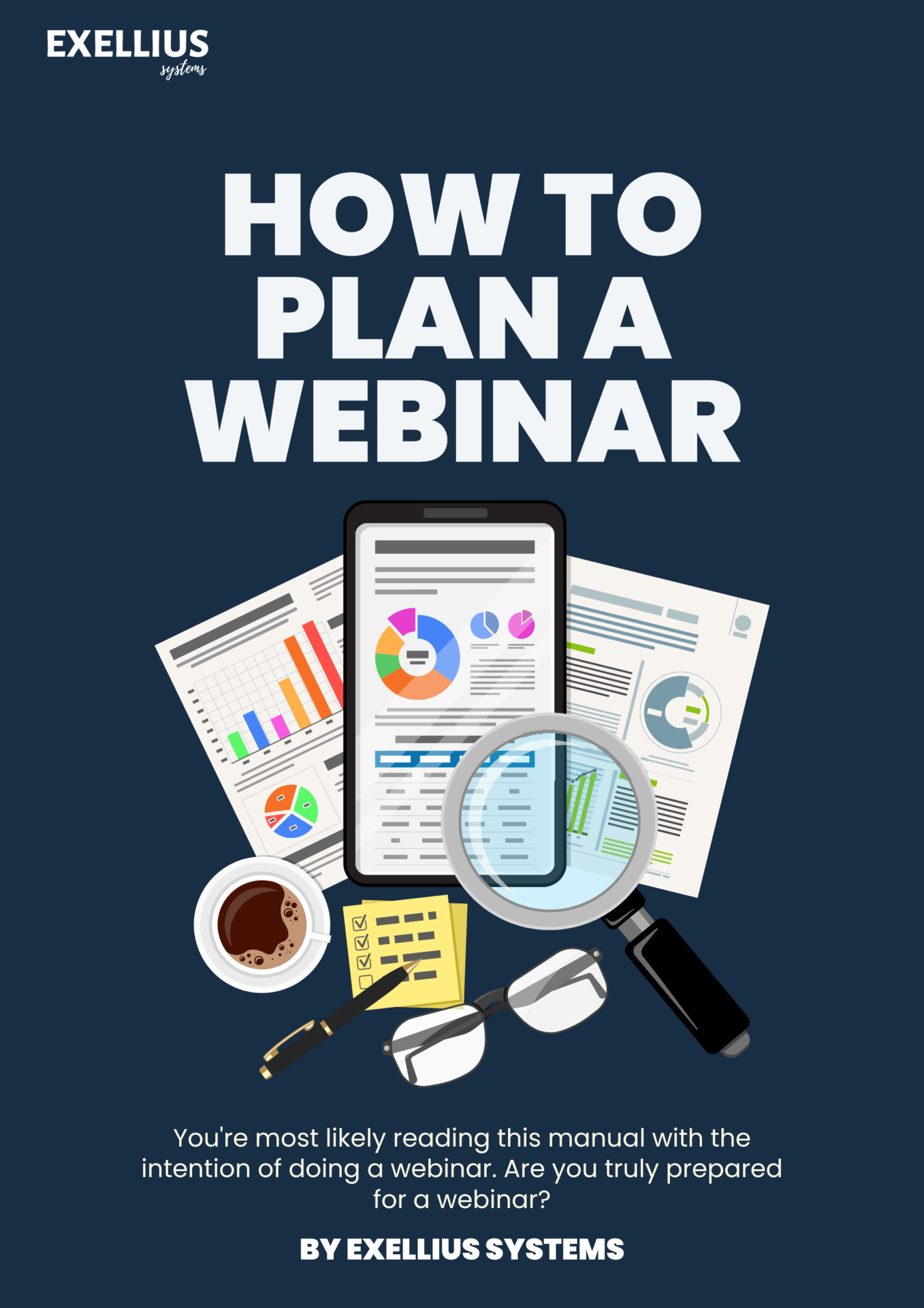
Estimated reading time: 3 minutes
I’m sure you’re seeing all the articles about HR trends for the year. Nothing wrong with that. I love a good trends piece. A consistent theme I’m seeing in the trends is focused on the employee experience.
Want to hire the best employees? Have a good employee experience.
Want employees to perform at a high level? Give them a good employee experience.
Don’t want employees to leave? Provide a good employee experience.
HR Brew recently published an article on “How better frontline and hourly jobs reduce turnover”. It’s a nice read when you have a moment to check it out. Even if you’re not focused on hourly recruiting, the article has some good takeaways. Organizations that want to hire and retain the best employees need to revisit their employee experience.
I understand that some organizations are pausing their hiring right now and possibly even doing layoffs. But there are still many open jobs in the economy. Now more than ever, organizations want to have an effective and efficient hiring process – one that will result in quality employees.
Some organizations might be saying to themselves, “We get it. Employee experience is important. We did that exercise a few years ago.” Well, let me share with you a resource that might help. I recently got my hands on The Wall Street Journal best-seller, “Experience, Inc.” by Jill Popelka. She is the former president of SAP SuccessFactors and brings a wealth of knowledge to this book.
I’m not going to give away everything from the book– you should pick up a copy for yourself. But what I liked about the book was the chapters are broken into manageable functions. For example, there’s a chapter on diversity, equity, and inclusion. Another one for recognition and appreciation. And another on health and wellbeing. I could see organizations reading a chapter then discussing.
Speaking of discussion, think about using this book in the context of a traditional gap analysis. Ask yourself, where is our employee experience right now? Then ask, what can we learn from Experience, Inc.? Once you’ve identified the gap, put together an action plan to take the organization from the current state to the desired state.
It’s possible that your organization wants to take a phased approach to revisiting the employee experience. That’s okay. In fact, that’s great. You don’t have to do everything all at the same time. Make some changes. See how they work. Get some feedback. And then decide what the next change will be. For HR pros trying to convince the organization that revisiting the employee experience is necessary, this can be a great way to sell it – in pieces. It will have an impact that can be budgeted for over time.
And just in case there are some people who are totally convinced the employee experience is all fluff and not grounded in enough productivity, Popelka addresses business results in the book. Trust me when I say, Experience, Inc. is not a fluff book. It’s about connecting people and profit.
Organizations are very focused on the economy and profits right now. Hopefully, they are equally focused on the people side of the business. Because it takes people to earn profits. Companies that want to thrive will make the connection and deliver the experience.
Image capture by Sharlyn Lauby while exploring the streets of Columbus, OH
The post Give Employees a Better Employee Experience appeared first on hr bartender.








